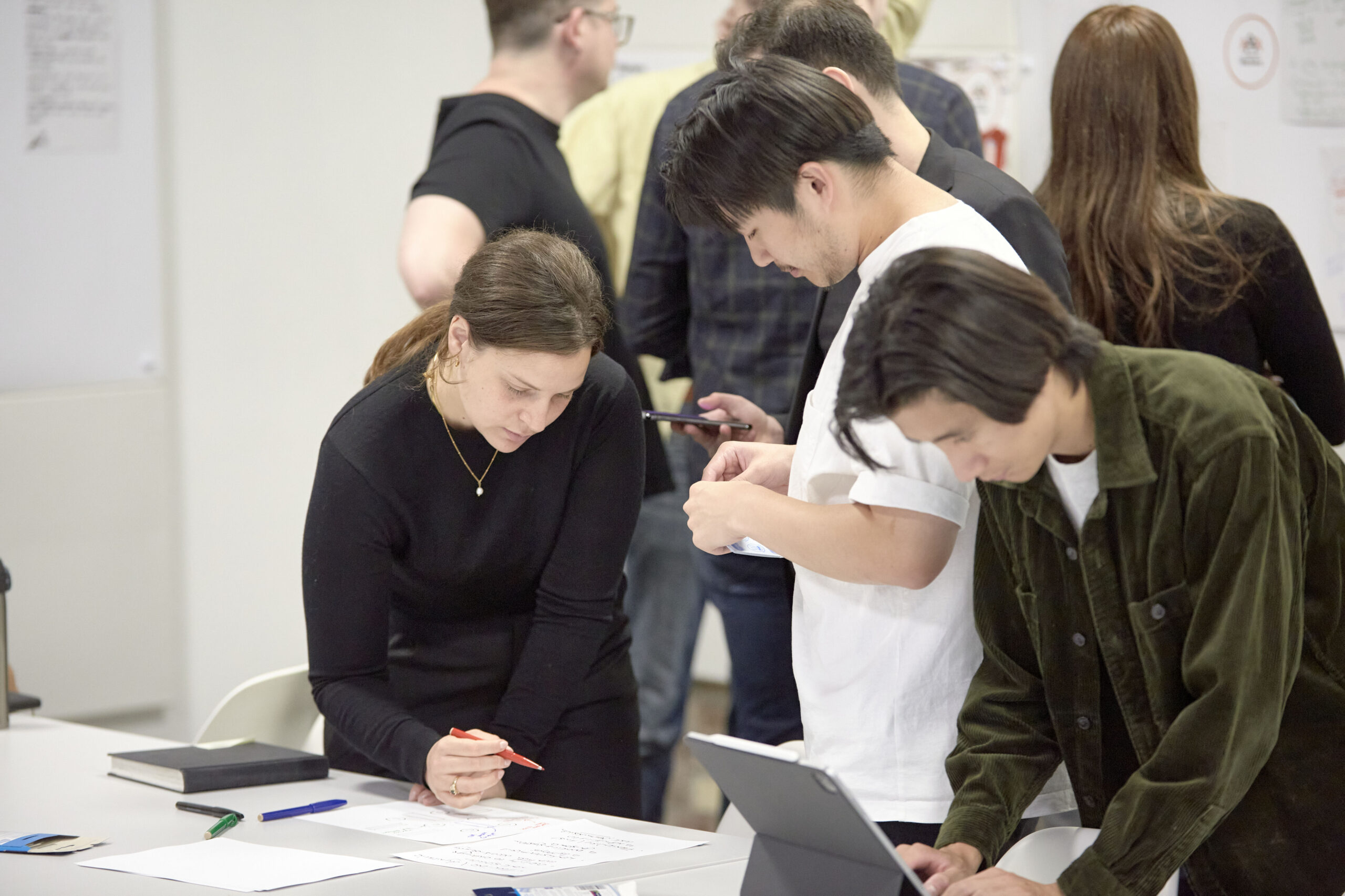
The guide explores the many factors – from design to utilisation to management – that make higher education buildings and campuses effective and sustainable, providing a starting point for future-facing higher education design. It also outlines a new methodology for considering design quality in university estates, based on the themes of utility, identity, comfort and character, each of which is explored and elaborated on. Under each theme, questions emerge to help estates teams assess different spaces. For example:
- Is the space fit for purpose now and in the future so far as that is identifiable?
- Does the campus have a rich provision of spaces for people to meet and socialise in?
- Have students been consulted on the range of types of space they need and like?
- Have the circulation routes and deeper spaces of the building been designed to capture daylight and external aspects?
- Are workplaces located away from movement routes to avoid distractions?
Optimising University Estates is the latest in a growing suite of space-management-related reports published with the help of partners over the last several years, all of which are available on the AUDE website.





























